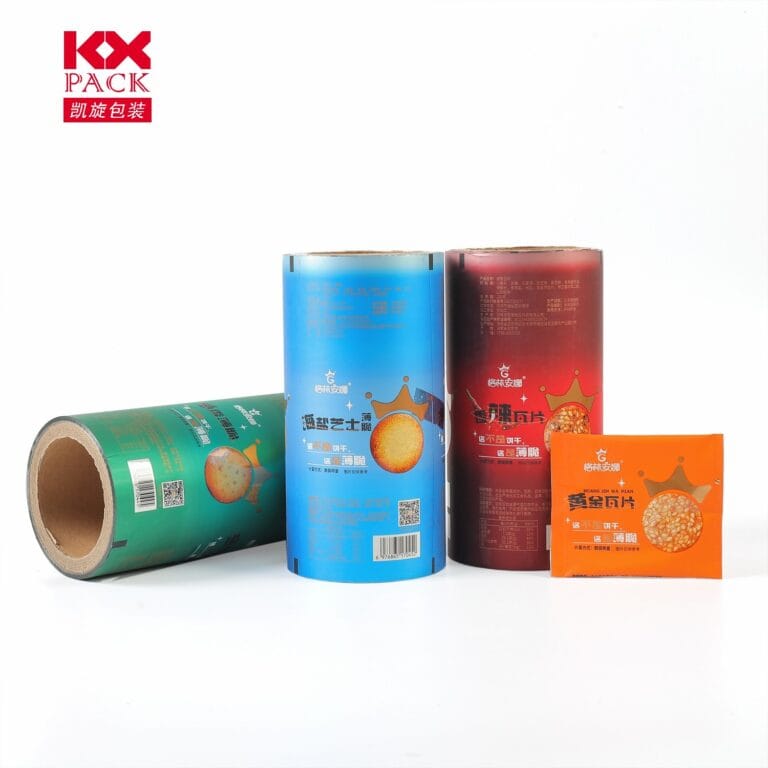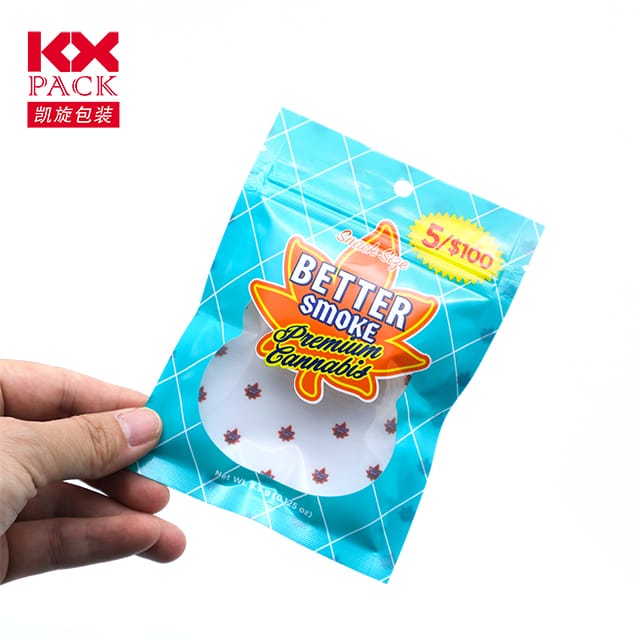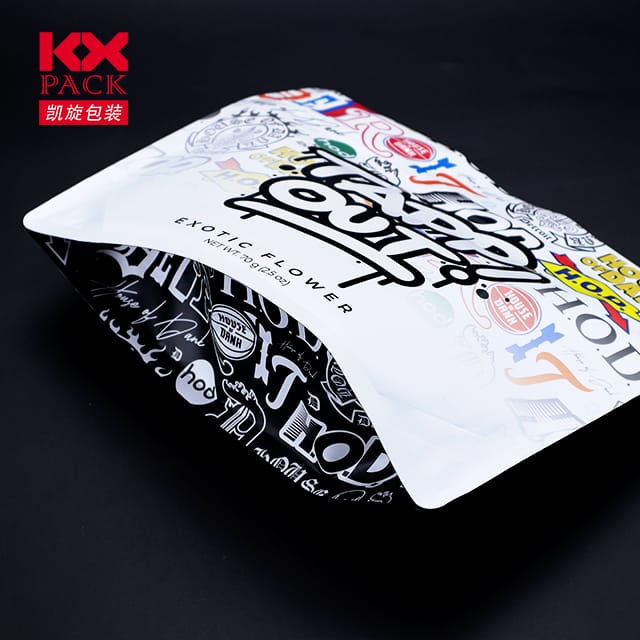Le taiala taua e teu ai se ata palasitika: Ituaiga, Faamanuiaga, ma fofo gafataulimaina
Afifiina ata palasitika
From protecting fresh produce to securing industrial goods, afifiina ata palasitika is a cornerstone of modern logistics and retail. O lona uiga, Tau-Lelei, ma le fetuutuunai faia ia sili atu ona taua i luga o le sami, E mafai e le pisinisi ona fai le paleni paleni ma le gafataulimaina? Sei o tatou sailia le lalolagi o palasitika afifi ata, latou talosaga, ma eco-faauo fou.
What Is Packaging Plastic Film?
Packaging plastic film refers to thin, flexible sheets made from polymers likepolyethylene (PE), polypropylene (PP), polyvinyl chloride (PVC), or polyester (PET). These films are engineered to shield products from moisture, pefu, tampering, and physical damage during storage, shipping, and display. Available in rolls, sheets, or pre-formed bags, they come in varying thicknesses (measured in microns) to suit different needs.
Common Types of Packaging Plastic Films
- Polythylene (PE) Ata tifaga
- LDPE (Low-Density PE): Soft and stretchy, ideal for food wrap, pallet shrink wrap, and agricultural mulch.
- HDPE (High-Density PE): Rigid and tear-resistant, used for grocery bags, trash liners, and industrial liners.
- Polypropylene (PP) Ata tifaga
- Offers excellent clarity and heat resistance, making it perfect for snack packaging, laminated pouches, and medical supplies.
- Polyvinyl Chloride (PVC) Ata tifaga
- Durable and transparent, commonly used for blister packaging, stationery, and construction films.
- Polesiester (PET) Ata tifaga
- High-strength and chemical-resistant, favored for flexible packaging, fa'ailoga, and electrical insulation.
- Ata biodegrable
- Made from plant-based polymers (E.g., Plan, Ele), O nei ata tifaga malepelepe i lalo masani i lalo o tulaga patino, Faaitiitia lapisi palasitika.
Key Applications of Packaging Plastic Film
- Meaai alamanuia
- Fresh produce: Stretch films and cling wraps preserve freshness by locking in moisture and preventing contamination.
- Meat and cheese: Vacuum-sealed PE or PP films extend shelf life by removing oxygen.
- Snacks: Multi-layered laminated films (E.g., PET/PP) maintain crispness and prevent flavor loss.
- Retail and E-Commerce
- Pallet wrapping: Stretch films secure boxes on pallets during transit, reducing shifting and damage.
- Product displays: Shrink-wrap films create tamper-evident packaging for electronics, mea teuteu, and toys.
- Industrial and Construction
- Vapor barriers: HDPE films protect buildings from moisture during construction.
- Machine protection: Anti-static PP films shield sensitive equipment from dust and static electricity.
- Faatoaga
- Mulching films: Black PE films suppress weeds and retain soil moisture in farms.
- Silage wraps: UV-resistant films preserve livestock feed by preventing spoilage.
Advantages of Plastic Packaging Film
- Tau-aoga: Lightweight and easy to produce, reducing shipping costs and material waste.
- Customizable: Available in colors, prints, and textures to enhance branding and product appeal.
- Hygienic: Impermeable to bacteria and moisture, ensuring food safety and product integrity.
- Efficient: Stretch films can reduce packaging volume by up to 50%, optimizing storage space.
Sustainability Challenges and Solutions
While plastic films offer undeniable benefits, their single-use nature has raised environmental alarms. Here’s how the industry is responding:
- O mea na fuafuaina
- Many PE and PP films are recyclable. Businesses can partner with programs like TerraCycle to collect used packaging.
- Downcycling: Recycled films are often repurposed into products like plastic lumber or trash bags.
- Biodegradable and Compostable Alternatives
- Films made from cornstarch (Plan) pe suka suka (Ele) decompose in industrial composting facilities within 6–12 months.
- Example: Eco-Flex® by BASF is a compostable film used for organic food packaging.
- Reusable Systems
- Some companies adopt returnable packaging (E.g., reusable silage wraps or pallet covers) to minimize waste.
- Manifinifi ata tifaga
- Advances in nanotechnology allow manufacturers to create ultra-thin films (E.g., 5-micron PE) without sacrificing strength, reducing plastic use by up to 30%.
How to Choose the Right Packaging Film
- Product Requirements:
- Perishable goods? Opt for oxygen-barrier films (E.g., EVOH-coated PET).
- Heavy items? Choose high-tensile HDPE or reinforced PP films.
- Siosiomaga aafiaga:
- Prioritize recyclable or biodegradable options if sustainability is a priority.
- Cost Constraints:
- Balance upfront costs with long-term savings (E.g., reduced damage during shipping).
The Future of Packaging Plastic Film
Fou pei oTatala afifiina (made from seaweed or starch) masmart films (with embedded sensors to monitor freshness) are on the horizon. I le taimi nei, stricter regulations (E.g., O le EU's nofofua-faʻaaoga Plastics faʻatonuina) are pushing industries to adopt circular economy models.
Mafaāina Manatu
Packaging plastic film remains a vital tool for protecting products and reducing waste—but its future hinges on sustainable practices. By opting for recyclable materials, supporting biodegradable alternatives, and optimizing design, businesses can minimize their ecological footprint without compromising performance.
Sauni e faʻaleleia lau afifi? Faasoa ou manatu po o fesili i manatu i lalo! 🌍📦
Upu autu: afifiina ata palasitika, gafataulimaina afifiina, biodegradable film, polyethylene film, plastic recycling.






